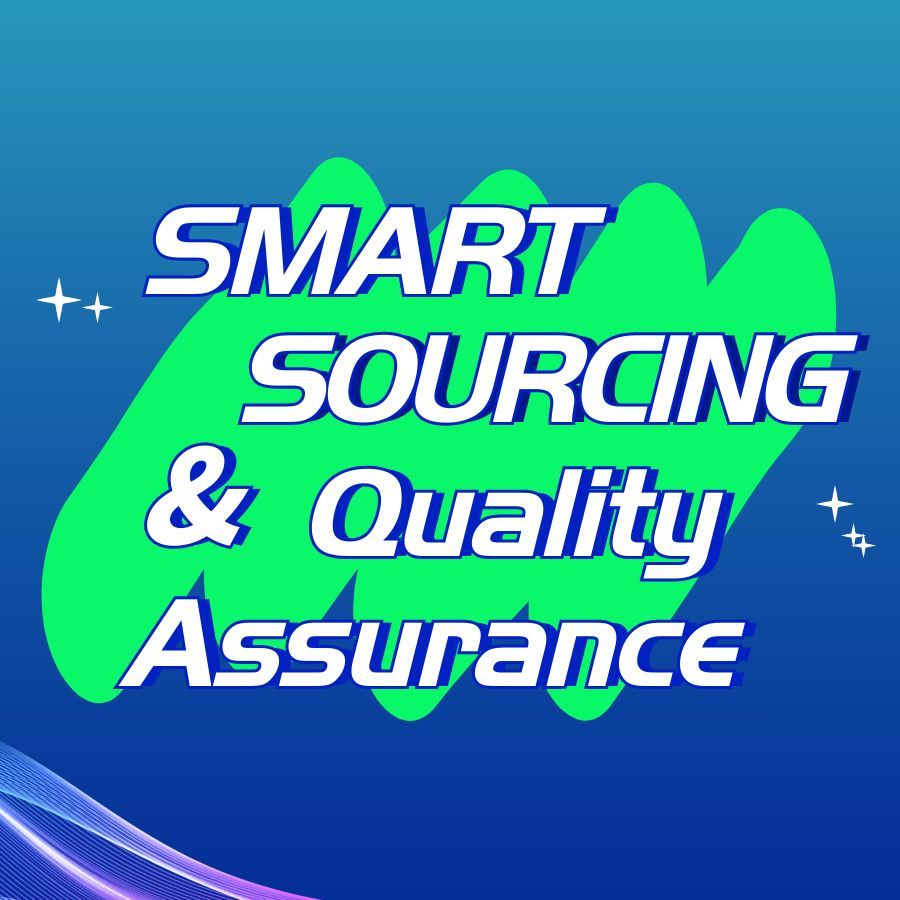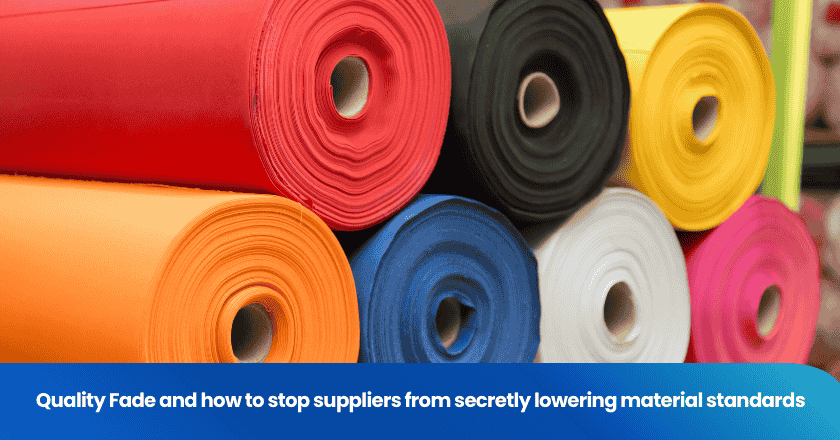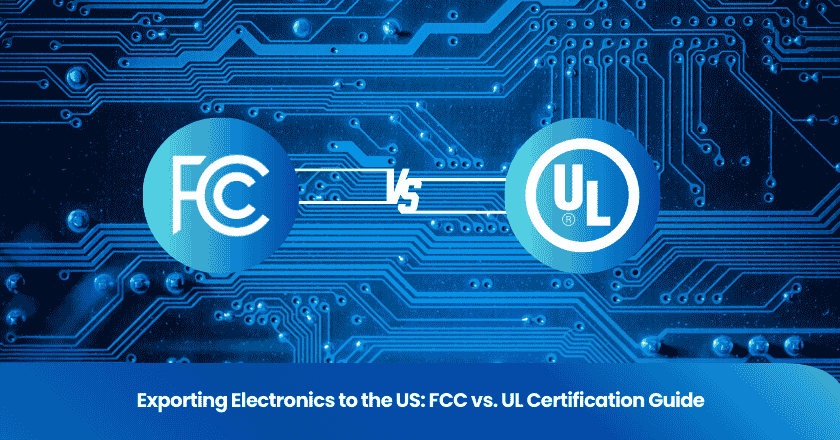
Sourcing Products from China
Procurement is about finding suppliers to provide the best quality goods or services for the company.
Sourcing products from China specifically refers to finding and obtaining these high-quality goods and services with the assistance of local suppliers in China.
The scale of the enterprise varies, and the suppliers needed when importing goods from China also differ. Small businesses may only need a few Chinese suppliers, while large businesses may prefer to cooperate with a professional Chinese sourcing company.
Sourcing products from China, as a market strategy, has been widely adopted.
companies source products from China from well-known manufacturers and then resell them to customers, which often results in cost savings that are higher than expected.
China's low labor costs enable manufacturers to supply products at lower prices, which is also the main reason why many companies choose to ignore local suppliers and directly or through Chinese sourcing agents purchase products from overseas Chinese sellers.
Why source product from china? What are the benefits?
By Sourcing products from China, companies can enjoy the multiple advantages of this well-established supply chain country.
Firstly, the abundant choice of suppliers is a significant advantage. China has thousands of suppliers, covering various industries and fields, so enterprises can flexibly choose suitable suppliers according to their own scale and budget, meeting their specific needs and standards.
Secondly, the coexistence of high quality and affordable prices is also a characteristic of the Chinese market. In the market, there are many suppliers and fierce competition, which gives companies the opportunity to find suppliers who can provide both affordable prices and high-quality products. With this advantage, companies can maintain cost-effectiveness while also providing high-quality products to customers.
Moreover, China, as a country with a large population, has low labor costs, which saves a lot of costs for enterprises. Enterprises can control costs more effectively in the production process and improve their market competitiveness.
In addition, Chinese manufacturers tend to deal directly with enterprises, reducing the middlemen links. The direct business model helps enterprises to provide products to customers at a lower price and also ensures the quality of the products. The practice of eliminating middlemen makes the procurement process more efficient and transparent for enterprises.
At the same time, the strength of the Chinese supplier supply chain is also an advantage that cannot be ignored. The supply chain capacity of China ranks among the best in the world, and no matter what industry the company belongs to, it can find many professional suppliers in China. The extensive supplier network provides companies with more choices and opportunities, which is conducive to the expansion and development of business.
In addition, direct contact with Chinese suppliers can reduce the risk of fraud in business transactions. By communicating directly with suppliers, companies can better understand the supplier's operation and product quality, reducing uncertainty and risk in transactions.
Finally, China's efficient infrastructure and manufacturers' deep understanding of the global supply chain enable companies to easily expand their production scale. This expansion capability provides companies with more development opportunities and market space, helping them achieve sustained growth and profitability in their business.
Overview of the recent situation of Sourcing products from China
In the global sourcing market, the Chinese market still maintains a strong attraction. Many international buyers plan to increase or maintain their business volume with China. Especially in the textile and clothing industry, the sourcing demand in the Chinese market continues to be strong.
The sourcing hotspots vary across different industries.
In the textile and apparel industry, sourcing needs are mainly focused on fashion brands and fast fashion brands.
Overseas buyers also show strong interest in industries such as electronic and electrical products, promotional products, and Sourcing products from China.
In addition, with the increasing attention of consumers on sustainability and environmentally friendly products, green procurement has also become an important trend.
The Chinese government has introduced a series of policies in recent years to regulate the sourcing products from the Chinese market and promote fair competition.
With the continuous standardization of the procurement market and the intensification of international competition, the compliance challenges faced by enterprises in the procurement process are increasingly prominent. For example, in the textile and clothing industry, enterprises need to comply with strict environmental and social responsibility standards; in the electronics and electrical products industry, they need to pay attention to issues such as product safety and reliability.
What are the ways to source product from china?
When companies consider Sourcing products from China, there are various cooperation models to choose from, each with its own unique advantages and disadvantages.
The following is a description of four main sourcing paths, hoping to help companies make more informed decisions.
Buy directly from Chinese suppliers
Buying directly from suppliers is the preferred method for many importers, as it allows them to fully control the sourcing process from china and avoid paying commissions to intermediaries or agents.
The biggest advantage of buying directly from Chinese suppliers is the cost savings, as importers can directly negotiate prices with suppliers, reducing intermediaries.
This also requires importers to have strong organizational skills to effectively manage suppliers, ensure product quality, and meet the minimum order quantity (MOQ) requirements of suppliers.
Using a sourcing agent from China
For those companies that want to save time and take advantage of the Sourcing products from China industry network, using a sourcing agent from China is a good choice.
Procurement agents can help companies identify and verify suppliers, facilitate communication, and act as representatives of companies in China.
However, importers should still closely monitor the sourcing process, especially production and quality control, to ensure that the sourcing agent is fulfilling its responsibilities.
In addition, the agency fee (usually 3% to 10% of The sourcing products from China price) is also a factor to consider.
Purchasing from a trading company
For companies that cannot meet the supplier's MOQ, such as start-ups or early-stage entrepreneurs, Sourcing products from China through trading companies may be a viable option.
Trading companies can usually source product from china in small workshops that accept small batch orders to meet the needs of these enterprises.
Cooperating with trading companies usually means higher costs, as trading companies make profits from the Sourcing products from China.
Companies may find it difficult to obtain information about the supply chain and still need to pay attention to product quality issues.
Service Company
If a company has already found a supplier but needs some production follow-up and quality control services, then it can consider using a China sourcing service company that provides such services. These companies can offer end-to-end procurement services, including supplier identification, price negotiation, supply management, quality control management, etc. The advantage of using a service company is that it can provide transparent services (including supplier names, processes followed, etc.) and help companies effectively manage the production process. However, the cost of this service is usually higher than using a commission-based procurement agent, so companies need to pay more upfront when starting the transaction.
When choosing the path of Sourcing products from China, enterprises need to carefully consider their organizational capabilities, needs, budget, and the degree of control over the supply chain. Each sourcing path has its own unique advantages and challenges, and enterprises should make the most suitable choice based on their own situation.
Regardless of the path chosen, companies should conduct thorough research in advance and act cautiously to reduce potential risks and maximize the benefits of Sourcing products from China.
The steps of Sourcing products from China
Sourcing products from China is a process involving multiple links and requires meticulous planning and execution. Below is a summary of the processes we have frequently experienced over the years, including some considerations.
Selecting suppliers
When selecting suppliers, it is necessary to clarify the requirements for the type, quantity, quality, delivery time, and budget of the products or services to be sourced from China. Conduct market research to understand the suppliers in the market, including prices, quality, and credibility. Based on this information, conduct a preliminary screening of suppliers, considering factors such as product quality, price, and delivery punctuality.
Further supplier evaluation is essential. This includes checking the supplier's business license, industry qualifications, etc., to ensure legality and professionalism. Visiting the supplier's production plant on-site to understand production capacity and management level is also an important part of the evaluation. Reviewing the supplier's past performance records and customer feedback to assess performance and reputation.
Based on the above information, establish candidate suppliers. During the selection process, it is important to focus on the long-term stability and sustainability of the suppliers, and to comprehensively evaluate price, quality, delivery time, and service level to ensure the selection of the most suitable supplier.
Establishing sourcing relationship with China
Establishing a sourcing relationship with the selected supplier is an important step in the sourcing process. Before signing a formal contract, if applicable, both parties can sign a confidentiality agreement to ensure the safety of business secrets. Subsequently, the terms of cooperation are agreed upon, including product quality standards, price, delivery time, payment methods, etc., to ensure that the rights and interests of both parties are protected.
When signing a formal contract, it is important to clarify the rights and obligations of both parties to ensure that the content of the contract is exhaustive and complete. In the process of establishing a procurement relationship, it is important to focus on establishing a mutual trust mechanism to promote long-term cooperation. Through good communication and collaboration, the smooth progress of procurement activities can be ensured.
Formulate a procurement plan
Formulating a procurement plan is a key step to ensure the orderly conduct of procurement activities.
Firstly, based on sales data and production plans, predict future Sourcing products from China needs. This helps to determine the quantity and timing of sourcing to avoid inventory surpluses or shortages.
Next, categorize the materials that need to be sourced from China according to their importance. For key materials, give them higher attention and priority. Then, based on the production plan, inventory situation, and expected demand, calculate the purchase quantity of various materials. This ensures that the purchased quantity matches the actual demand, avoiding waste or shortage.
Finally, create a procurement schedule that details the names of materials, specifications, quantities, procurement time, and other information. This helps to track the progress of procurement and ensure the execution of the plan. When creating the procurement plan, it is important to pay attention to the matching degree with production needs, and consider factors such as market fluctuations and inventory costs.
Implement the procurement process
Implementing the procurement process is a crucial step in putting the procurement plan into practice. Firstly, send inquiry sheets to potential suppliers and engage in multiple rounds of negotiation to obtain the most favorable prices and terms. During the negotiation process, it is important to pay attention to negotiation skills and strategies to ensure the best procurement conditions.
After signing a purchase order with the selected supplier, it is necessary to clarify the content of the order, including the name of the material, specifications, quantity, delivery time, etc. Then, communicate regularly with the supplier to track the progress of the order and ensure that the order is delivered on time. During the tracking process, it is necessary to promptly identify and solve any problems that may arise to ensure the smooth progress of the procurement activities.
Logistics process
Logistics is an important link to ensure the smooth arrival of Sourcing products from China. Firstly, negotiate with logistics companies about transportation plans, including transportation methods, routes, and costs. Choosing an economical and efficient transportation plan can reduce procurement costs and improve efficiency.
During the transportation of goods, the logistics tracking system is used to monitor the real-time status of the goods' transportation. This allows for the timely detection and resolution of potential issues during the transportation process, ensuring the safe arrival of the goods.
If the procurement involves cross-border transactions, it is also necessary to prepare the necessary customs clearance documents, such as invoices, packing lists, bills of lading, etc. Ensuring that the customs documents are complete and accurate can avoid delays or additional costs caused by document issues.
Customs clearance process (if involving international procurement)
For international procurement, the customs clearance process is essential.
When exporting from China, it is necessary to submit export declaration documents, and complete export inspection and quarantine, as well as customs clearance procedures. Ensuring that the export procedures are complete and accurate can avoid delays or losses caused by export issues.
When importing in the destination country, it is also necessary to submit import declaration documents, and complete import inspection and quarantine, as well as customs clearance procedures. Familiarizing oneself with the import policies and customs clearance processes of the destination country is very important to ensure the smooth progress of import procedures and to avoid additional costs or risks caused by import issues.
Acceptance of Sourcing products from China
The last step is to inspect the product sourced from China.
After the goods arrive, first check whether the quantity, specifications and appearance of the goods are consistent with the order. Ensure that the Sourcing products from China meets the order requirements and avoid errors or disputes.
Conduct quality inspection to ensure that the product quality meets the standards. If the product has quality problems or does not meet the requirements, it is necessary to communicate with the supplier in time and seek a solution.
Manage and record the relevant information of the qualified goods that are warehoused. Track the inventory situation and ensure the effective management of Sourcing products from China.
During the acceptance process, it is important to focus on implementing quality inspection standards and promptly handling non-conforming products to ensure a smooth supply chain and maintain the reputation of the company.
How to efficiently complete Sourcing products from China
Sourcing products from China is a process that is both complex and full of opportunities. To succeed in this process, here are some key tips for in-depth analysis.
Firstly, planning ahead is crucial. Considering the long transportation and logistics chain that may be involved in importing from China, you should start organizing the import process as early as possible, with at least three months of planning in advance. At the same time, it is important to keep in mind the time required for inland transportation and incorporate it into your overall plan to ensure that the goods arrive on time.
Secondly, the consideration between quality and cost cannot be ignored. When selecting a supplier, remember that quality and cost are usually directly proportional. An excessively low price may mean a decline in the quality of raw materials, compromised worker wages or working conditions, and may even lead to suppliers bypassing quality control processes. In the long run, choosing a supplier with reliable quality will protect your products and reputation, avoiding legal risks and negative impacts.
When contacting suppliers, writing an effective inquiry is also a crucial step. Your inquiry should be clear, detailed, and professional to ensure that you obtain the information you need and better assess the capabilities and reliability of the supplier. This will help you to take a more advantageous position in subsequent negotiations and transactions.
Establishing a professional relationship with suppliers is equally important. Whether you order online or travel to China in person, maintaining continuous and professional communication with suppliers is crucial. Use popular Chinese applications such as WeChat and QQ to keep close contact with suppliers, so as to stay informed about product information, delivery times, and other key details in a timely manner. A good relationship may lead to discounts, better deals, and opportunities for future cooperation, laying a solid foundation for the development of your business.
During the negotiation process, it is also very important to express your requirements and expectations confidently. Negotiate with a professional attitude, confidence, and reasonable requests, and do not propose an unrealistically low price, but rather propose a reasonable price that benefits both parties. This will help you succeed in the negotiation and reach a deal that meets the needs of the business.
Payment links also need to be particularly cautious. Avoid paying through illegal channels and choose legal, safe, and reliable payment methods. Before making payment, be sure to ask the supplier to provide detailed information about the business account used for transactions with the company, and ensure that the money is transferred to that account. At the same time, sign an agreement with the supplier before payment that includes strong payment terms to protect your interests.
Finally, choosing a professional freight forwarder is also key to ensuring the safe and efficient delivery of goods. Look for freight forwarders with rich experience, and check their credentials, experience, and work history. Avoid working with companies with incomplete information or extremely low costs to reduce the risk of being deceived. Choosing a reputable, reasonably priced, and timely freight forwarder will provide strong guarantees for the safe delivery of your goods to their destination.
How to minimize the risk of Sourcing products from China
To minimize the risk of Sourcing products from China, here are some suggested risk minimization strategies:
Firstly, before starting the transaction, it is crucial to list your product requirements in detail. This includes key information such as the function of the product, the raw materials to be used, dimensions, budget, and time frame. By clarifying your needs, you will be able to better communicate with the supplier and ensure that the final product meets your expectations.
Secondly, considering working with a sourcing agent is also a wise choice. For e-commerce beginners, sourcing agents can provide valuable support and guidance, helping you easily enter the world of inventory import. They have rich connections and possible discounts that can make your investment worthwhile. By working with a sourcing agent, you will be able to focus more on your core business while ensuring the smooth progress of the procurement process.
Finally, it is crucial to ensure that every step of the transaction is covered by a written agreement. At any stage of the transaction, it is important to have a written agreement to clarify the rights and obligations of both parties. Contracts can protect both sellers and buyers, reduce the possibility of being deceived, and provide legal protection for your business. Before signing any agreement, be sure to carefully review the terms and conditions and ensure that you fully understand them.
Sourcing products from China does indeed carry certain risks, but through thorough research and due diligence, this choice can still be the most profitable. By following the key tips and risk minimization strategies mentioned above, you will be able to better leverage the advantages of China's import and export industry and bring long-term success to your business.
Grow your business with TradeAider Service
Click the button below to directly enter the TradeAider Service System. The simple steps from booking and payment to receiving reports are easy to operate.




